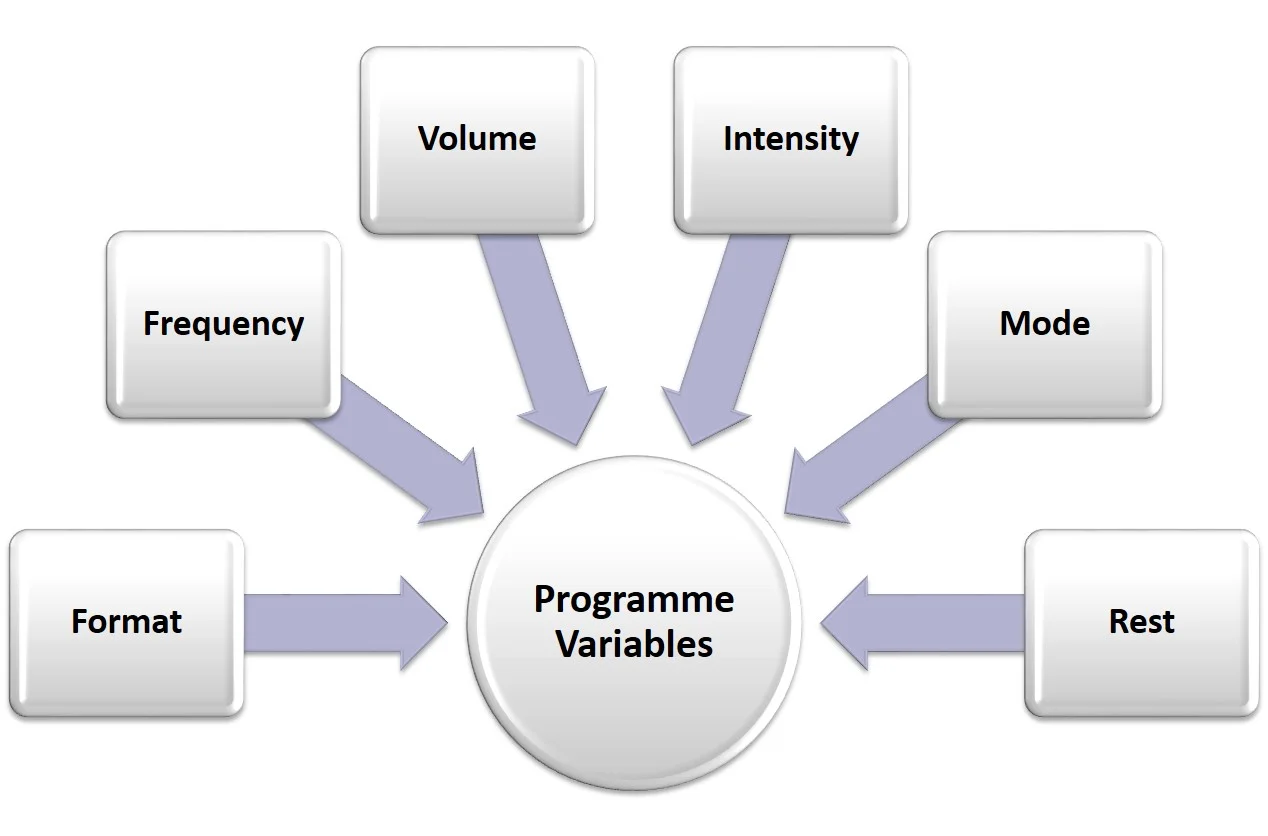Fundamentals of Physical Preparation
Fundamentals of Physical Preparation
Understanding the processes that underpin how an athlete adapts to training is critical for coaches and practitioners across all disciplines. 'Fundamentals of Physical Preparation' explores the processes that govern each athlete's individual's response to a specific training stimulus. In this course we delve into the theory behind each of these fundamental principles of training stress, adaptation, programming and planning. Importantly, we will also discuss what needs to be considered in order to put this information in context and apply it in practice.
At the end of this course you will be able to:
Demonstrate a broad understanding of the physical preparation ‘process’
Define the variables that can be manipulated when designing a training program
Describe in broad terms the process of training adaptation
Understand the models of training adaptation, and their limitations
Describe the various factors that mediate training responses
Demonstrate an understanding of the limiting factors for performance in different sports and athletic events
Apply this knowledge to guide your understanding of the critical factors in your chosen sport
Describe the key principles that govern the physical preparation process
Describe the principle of ‘Overload’ with respect to training design
Understand the concept of Progression of training and describe the different ways in which this can be achieved by manipulating training variables
Demonstrate and understanding of individuality with respect to training responses and training design and the genetic factors that underpin it
Understand the practical considerations of applying training theory in practice
Appreciate the way in which training history and status (athlete versus non-athlete) influence specificity of training
Describe the ways in which specificity of training can be accounted for with respect to different aspects of training design
Demonstrate an understanding of the concept of periodisation
Understand the challenges applying periodisation models in practice

